How to Remove Burrs from Metal Parts
Author: SAIVS Date Published: Jun 21,2024
Burrs are small, sharp protrusions, edges, or metal filings that are generated during processing, manufacturing, or other handling processes. They typically appear during cutting, drilling, Stamping, milling, turning, and similar operations.
Causes of Burr Formation
Cutting Forces and Tool Wear:
During machining, the interaction between the cutting tool and the workpiece surface generates cutting forces and friction, which can lead to material being pushed and torn, resulting in burrs. Tool wear can also cause the cutting edge to become dull, increasing the likelihood of burr formation.
Material Properties:
Different materials have varying tendencies to form burrs. For example, materials with high ductility are more prone to burr formation during cutting because they tend to deform rather than break cleanly.
Machining Parameters:
Machining parameters such as cutting speed, feed rate, and depth of cut significantly influence burr formation. Improper parameter settings can increase burr formation, such as high cutting speeds or excessive feed rates leading to more material deformation.
Machining Methods:
Different machining methods produce burrs in different ways. For instance, drilling can create burrs at the entry and exit points of the hole, while milling might produce burrs along the cutting edges.
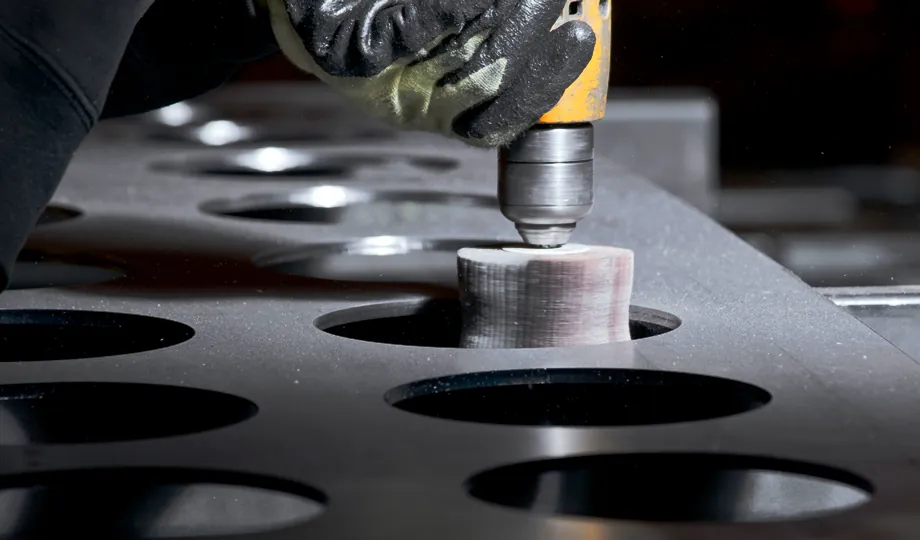
There are several methods you can choose from if you want to remove burrs from metal parts to get a smooth surface. Here are a few methods to remove metal burrs:
Manual Deburring
You can choose the manual deburring method if you need to deburr small parts. This method is relatively inexpensive but slower. Manual deburring does not require a large machine. You only need some simple tools, such as deburring knives, sandpaper, files, and other polishing tools. However, it requires a certain amount of skill to avoid causing further damage to the workpiece. This is a traditional deburring method and can be very trying. If you need to deburr one or more large parts, using the manual deburring method may not be feasible and may be more challenging.
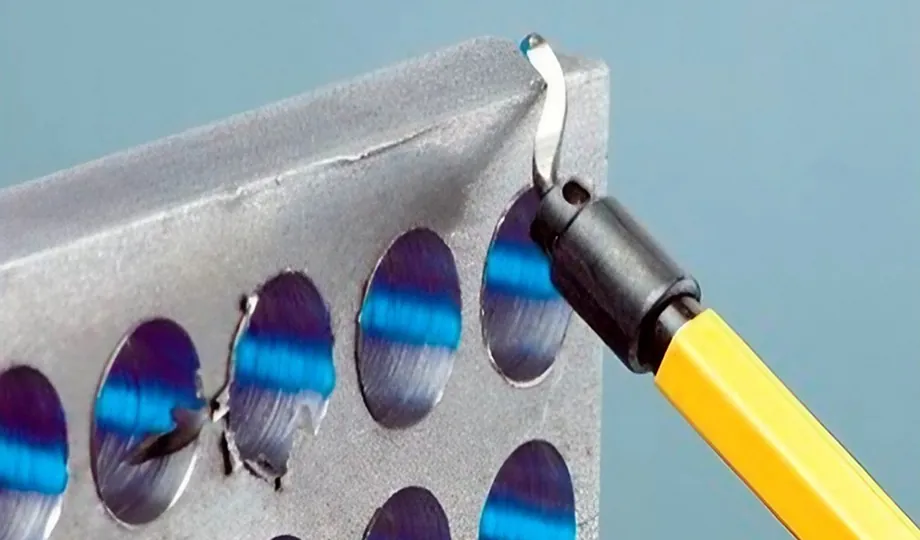
Abrasive Grinding and Rolling
You need a machine to perform this deburring. Grinding and rolling is a mechanical method of deburring that can easily produce high-quality surface finishes. It is similar to manual deburring but is faster and less expensive.
Thermal Deburring
One of the most common types of burrs is thread burrs, also known as wire burrs. These are aluminum wires the size of human hair that are embedded in the roots and tops of thread ports or cavities. These wires are invisible to the naked eye and usually come out after an accessory or valve is screwed into the port and then removed, exposing the thread burrs. Thermal deburring can remove all of these annoying burrs to ensure that your manifold is 100% burr-free.
Advantages of thermal deburring include:
- Cleaner and safer working environment
- Thoroughly removes burr particles
- Improves overall production efficiency
- Increases throughput
- Reduces time and effort
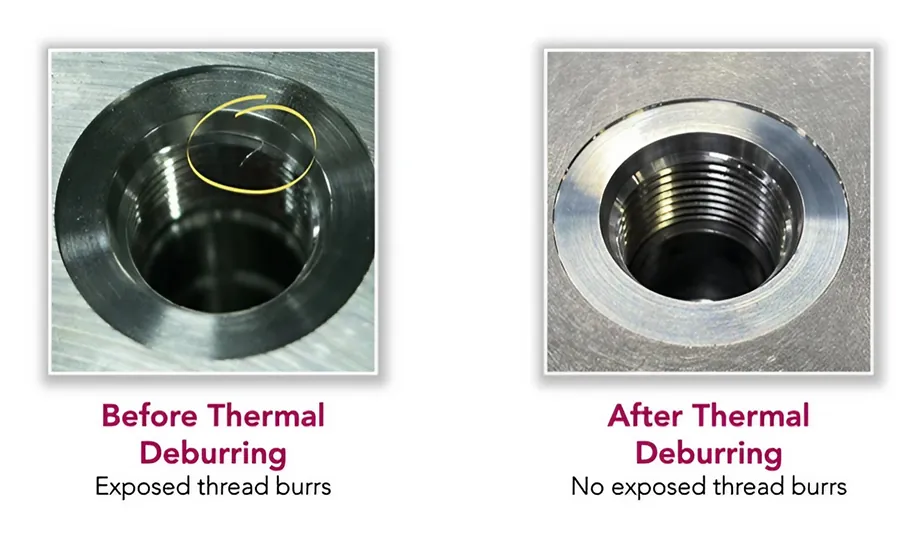
Electrochemical Deburring
Electrochemical deburring (ECD) is a process that uses an electrochemical reaction to remove burrs from metal workpieces. The process is based on the principle that when an electric current is passed through a solution of electrolyte between an anode (the workpiece) and a cathode (the tool), metal ions are dissolved from the anode and deposited on the cathode. In the case of deburring, the burrs are the high points on the workpiece that are dissolved and deposited on the tool.
Automated Brush Deburring Processes
Automated brush deburring is a versatile and efficient method for removing burrs from a variety of metal parts. However, the effectiveness of the process can be significantly impacted by several factors, such as the type of brush, the speed of the brush, and the pressure applied to the part.
By carefully optimizing these parameters, it is possible to achieve a high level of burr removal while minimizing part damage and cycle time. In addition, automated brush deburring can be integrated into automated production lines, making it a cost-effective solution for high-volume applications.
*Here are some additional tips for removing burrs:
- Wear safety glasses and gloves when working with burrs.
- Use the correct tool for the job.
- Be careful not to damage the workpiece.
- If you are unsure of how to remove a burr, consult a professional.
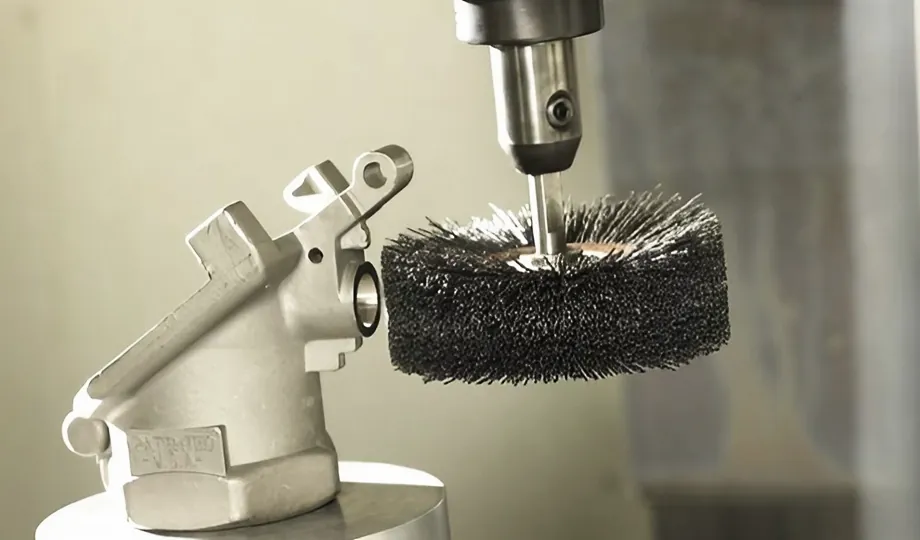
Conclusion
Choosing the appropriate deburring method depends on the part size, volume of production, and specific requirements of the task. Manual deburring is suitable for small-scale operations, while abrasive grinding, thermal deburring, electrochemical deburring, and automated brush deburring offer solutions for larger parts and higher production volumes. By selecting the right method, you can achieve a High-quality, burr-free finish, improving overall production efficiency and product quality.
Why Choose SAIVS™ as Your Supplier?
1.Superb Quality Control Management
At SAIVS, we take pride in our perfect quality management systems and procedures, which guarantees the excellent performance of all our producs, being a professional Investment Casting | Die Casting| Sand Castingmanufacturer in China.
2.Rich Production Experience
With 20 years of experience in production, SAIVS has a deep understanding of the market and trends, and strives for continuous research and innovation. This has created advantages in both the product's performance and appearance.
3.Competitive Prices
As a Chinese factory committed to becoming the most cost-effective Investment Casting | Die Casting| Sand Castingexporter in China, SAIVS provides high-quality products at advantageous prices. By lowering costs and increasing efficiency, we ensure that our customers receive the best possible value for their investment.
4.Perfect After-sales Service
At SAIVS, we strive to provide superior customer service that meets and exceeds expectations. We are always available for any questions or concerns you may have, and we stand by our commitment to providing excellent after-sales support.
Related Posts
-
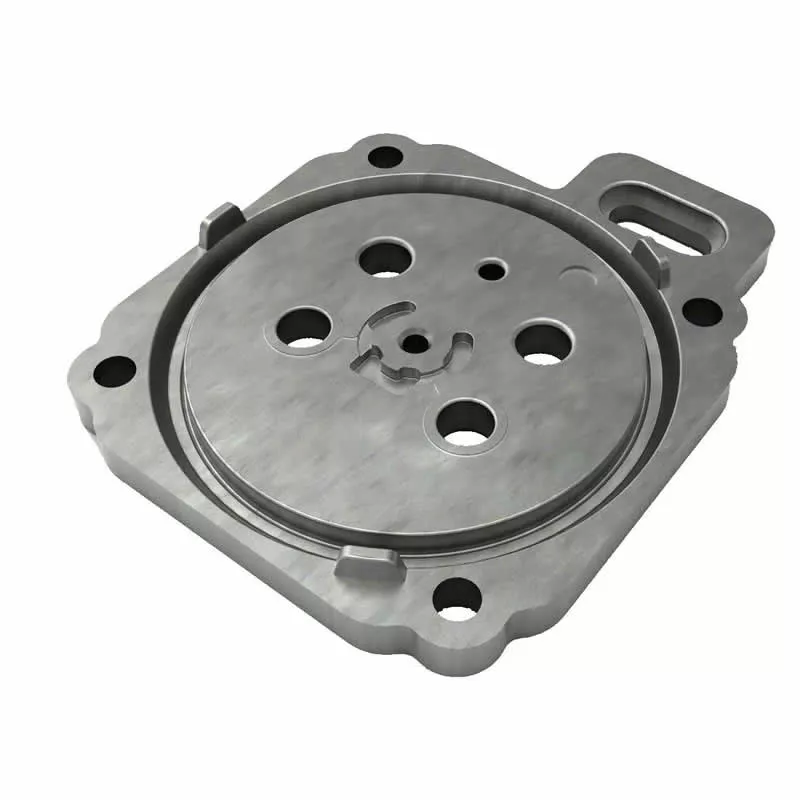
What are the requirements for precision die casting?
Precision Die Casting: A Superior Metal Forming TechnologyPrecision die casting is a cutting-edge manufacturing process that allows for the creation of int
-
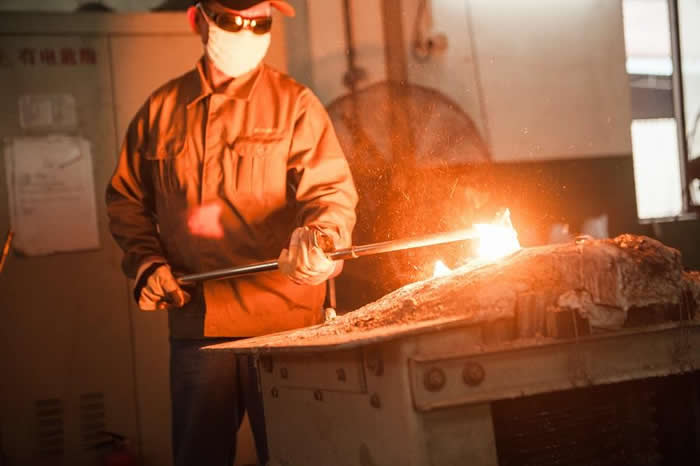
The Mechanical Property Of Stainless Steel Precisoin Casting Is Higher Than That Of Cast Iron
The mechanical property of stainless steel precision casting is higher than that of cast iron, but its casting property is worse than that of cast iron. It has ...
-
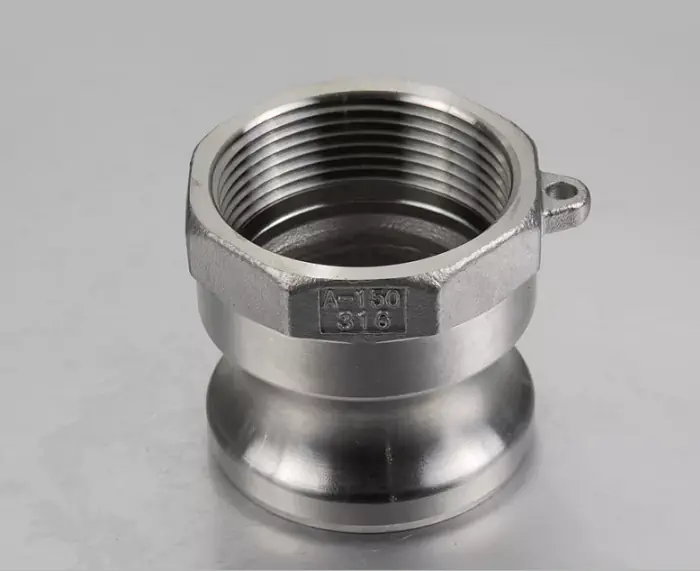
The Advantages of Stainless Steel Casting for Camlock Couplings
Camlock couplings are widely used for fast and secure connections in various industries, especially where hoses and pipes need to be frequently connected a
-
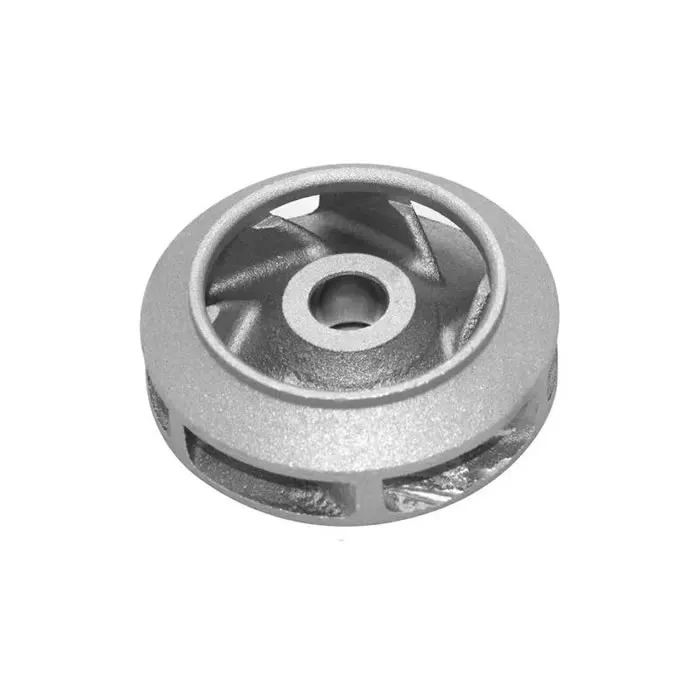
What to Consider When Choosing a CHINA-Based Factory for Customized Pump Body Investment Castings
Investment casting is a popular manufacturing technique used to create complex metal parts with high precision and repeatability. Pump body investment castings ...
-
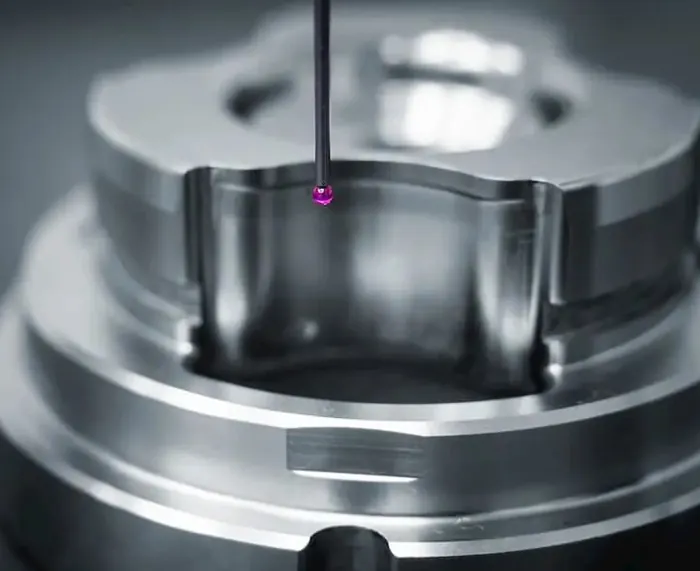
CNC Machining Tolerance Guidelines
IntroductionCNC machining is a precise manufacturing process that involves the use of computer-controlledmachines to create intricate parts and components. One ...
-
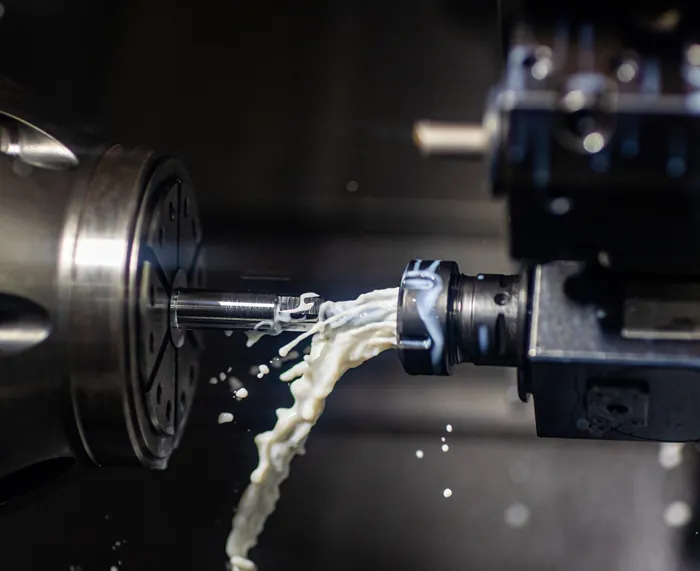
Limitations of CNC Machining
Explore the key limitations of CNC machining. Understand how these factors impact manufacturing efficiency and part quality.

